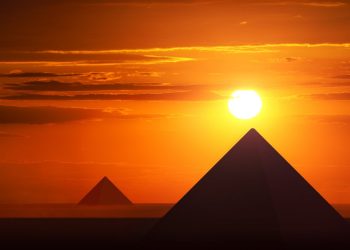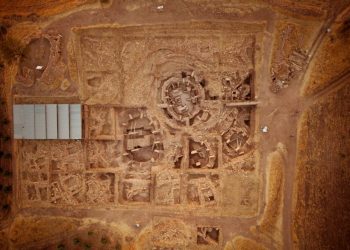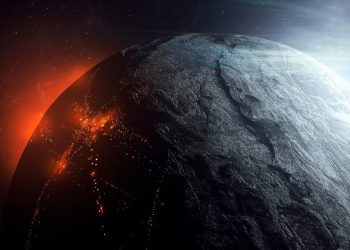Update: The Chinese mission continues making history after the lander and rover have woken from their sleep mode and resumed work on the far side of the Moon on November 9, 2020.
Well into May 2021, the Chinese mission on the far side of the Moon is making unprecedented progress, revealing fascinating clues about the lunar surface and its history.
The Chinese Chang’e 4 mission–which consists of a lander and a rover–successfully landed on the far sides of the moon on 3 January 2019.
The Chinese Space Agency has released a new batch of never-before-seen images photographed on the far side of the moon, revealing a series of striking geological features that have remained alien to us until now.
Both the lander and the rover have greatly exceeded their expectations, and are heading to their fifth lunar day.
The lander and the rover were initially designed to last about three lunar days in total.
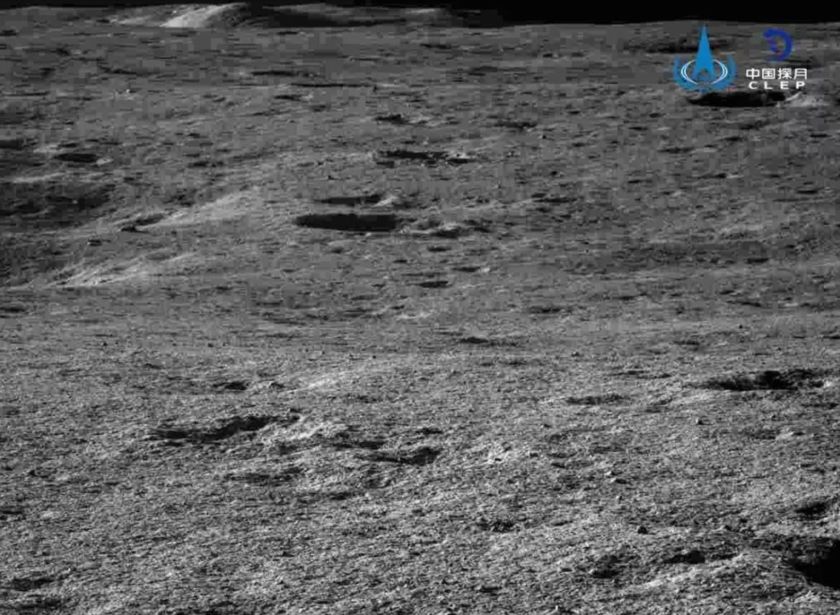
Both the lander and the rover are exploring the far side of the moon becoming the first robotic explorers to successfully do so. The new footage was snapped by the Chinese Mission offer unprecedented insight into the lunar mission.
Among their main goals, the lander and rover will analyze the chemical difference between the Earth-facing side of the moon and the mission’s target area.
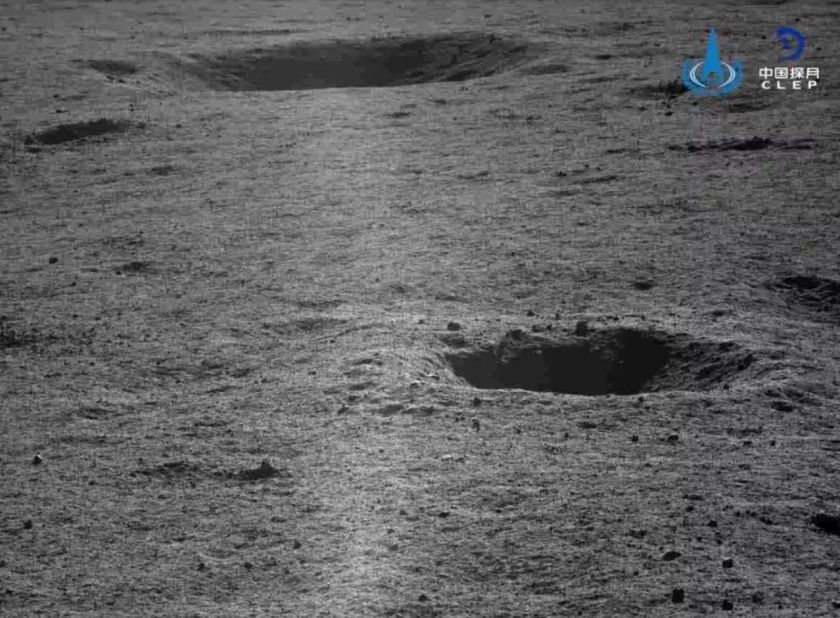
The mission hopes to understand more about the far side of the moon by studying the mineral composition of the lunar soil. The far side of the Moon, mistakenly refer to as the ‘dark side of the moon’ is the hemisphere of the Moon that always faces away from Earth.
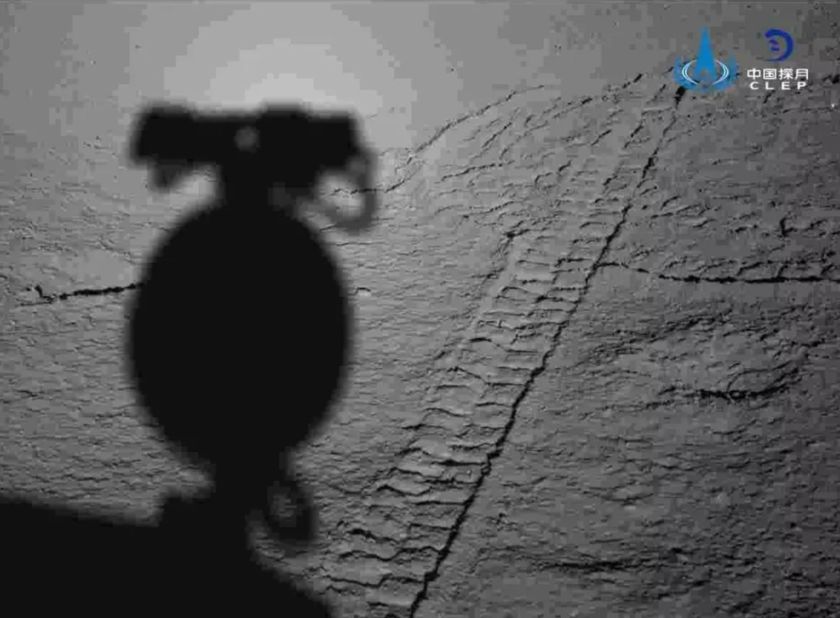
The far side’s terrain is rugged with a multitude of impact craters and relatively few flat lunar maria.
The far side of the moon has one of the largest craters in the Solar System, the South Pole–Aitken basin, precisely where China’s Chang’e 4 mission landed.
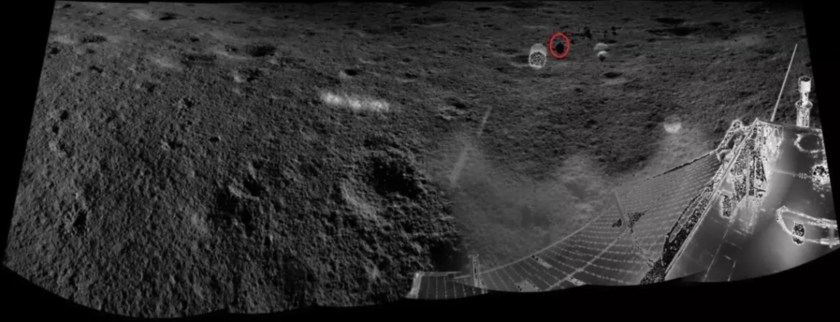
Both the far side and the near side of the moon experience two weeks of sunlight followed by two weeks of night. Mistakenly, people refer to the far side the “dark side of the Moon“, meaning unseen rather than lacking light.

As explained by the Planetary Society, many details of the mission have still not emerged, but experts with the project revealed that the area currently being explored on the moon shows ‘potential evidence of excavated deep mafic material, which could reveal the mineralogy of the lunar mantle.’
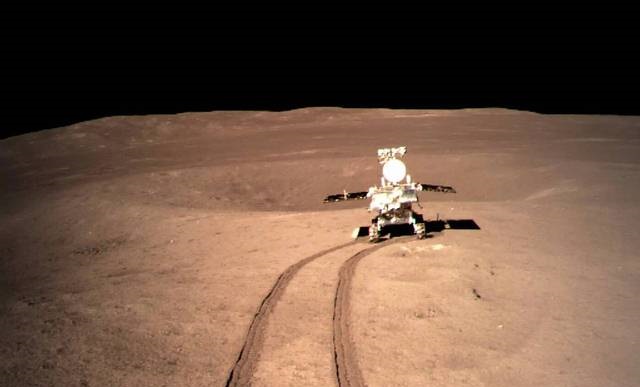
Update November 20, 2020:
China’s Chang’e 4 mission has been performing above expectations as it explores and probes the far side of the Moon.
Recently, we reported that the Yutu-2 Rover snapped a series of incredible panoramas of the Moon’s far side, as the Chinese mission continues making progress in a historic mission to explore the lunar far side.
The Cahnge’4 mission consists of a lander and a rover which successfully touched down on the surface of the Moon on January 3, 2019. The mission began its 24th lunar day in the Von Kármán Crater after tweaking from sleep mode on November 9, 2020.
The rover and lander have already surpassed their expected lifetime on the far side of the Moon and continue operating with all systems green. The Change’4 mission has been a massive success, and China is already planning in launching its next lunar mission, the Chang’e 5 later this month, as per space.com.
The Chang’e 4 mission has helped us better understand the lunar surface and what it is like on the far side of the Moon.
Join the discussion and participate in awesome giveaways in our mobile Telegram group. Join Curiosmos on Telegram Today. t.me/Curiosmos






